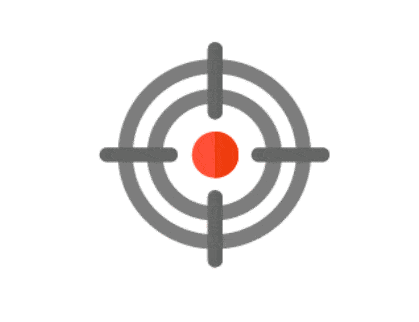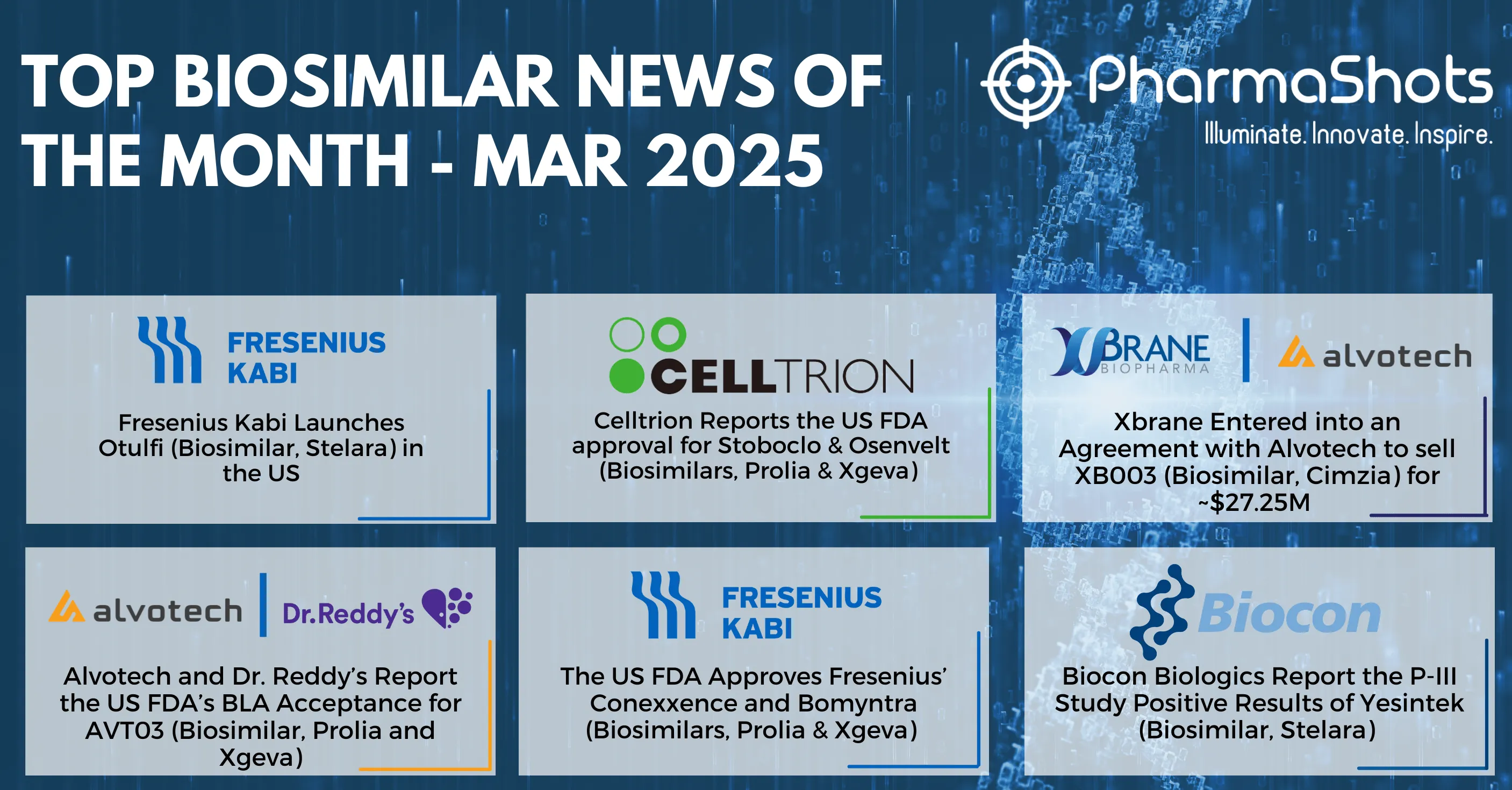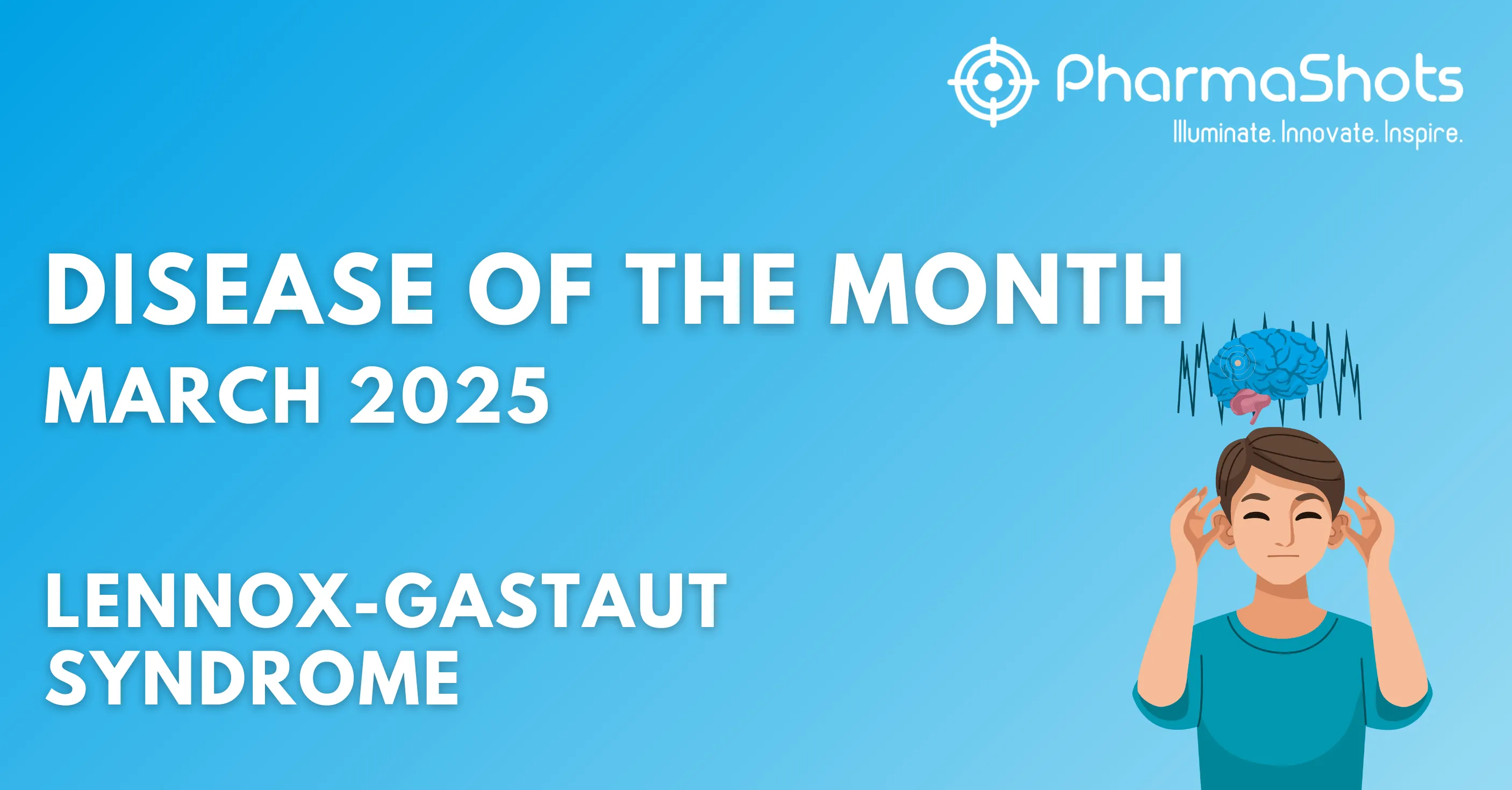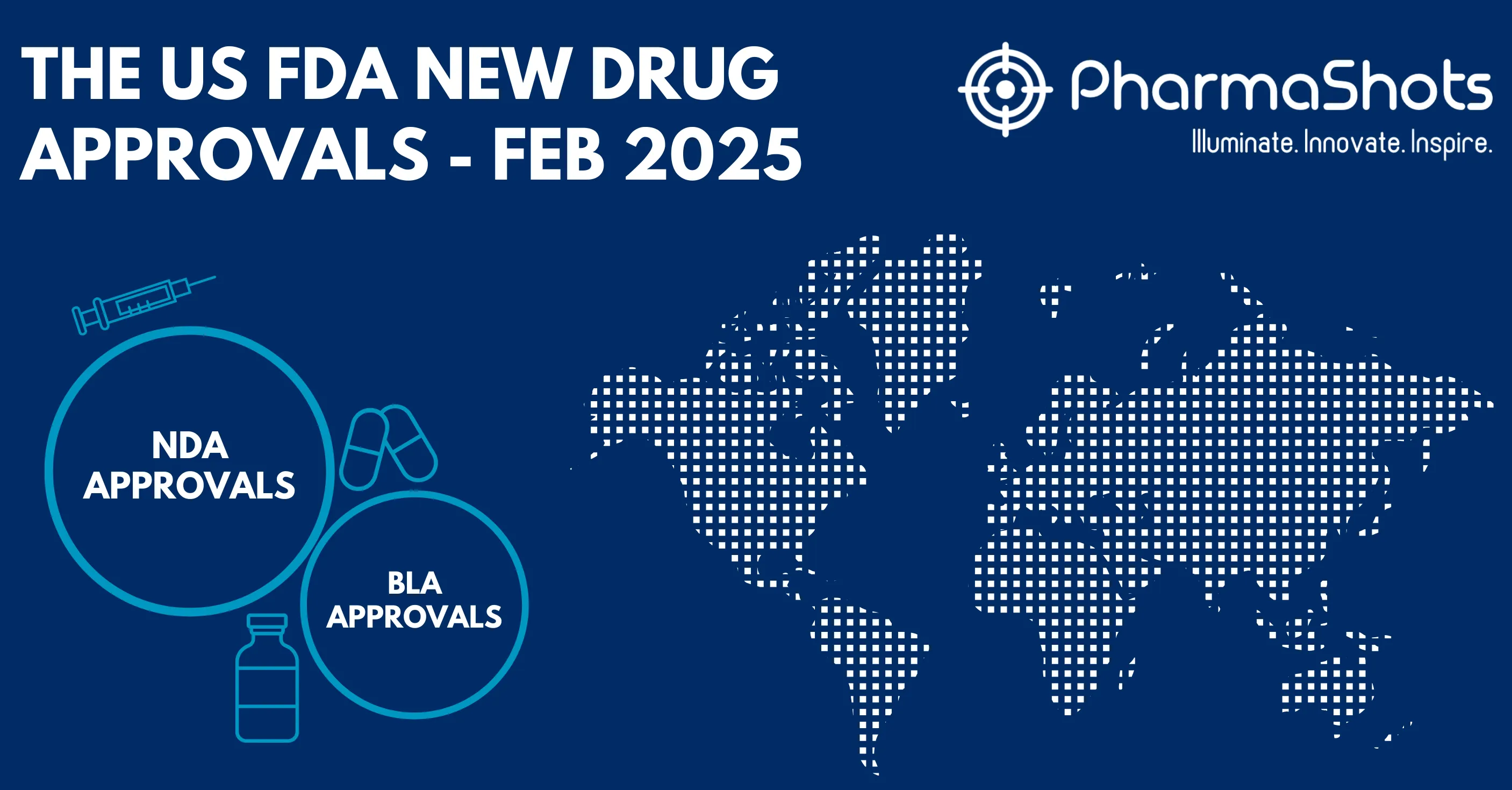
Disease of the Month – Epilepsy
Shots:
- Epilepsy is a chronic, non-communicable brain condition that affects neurons and causes recurring seizures
- Our Disease of the Month report covers epidemiology, market size, current management strategies, emerging therapeutic options, and the role of patient advocacy groups. Additionally, we highlight the key industry players advancing treatments for epilepsy
- For a detailed analysis and tailored insights into the epilepsy landscape, contact our experts at connect@pharmashots.com

Epilepsy is a neurological disorder characterized by a tendency for recurrent seizures. It is a common nervous system condition that affects individuals of all ages, races, and ethnicities. Approximately 2.2M Americans live with epilepsy. [1]
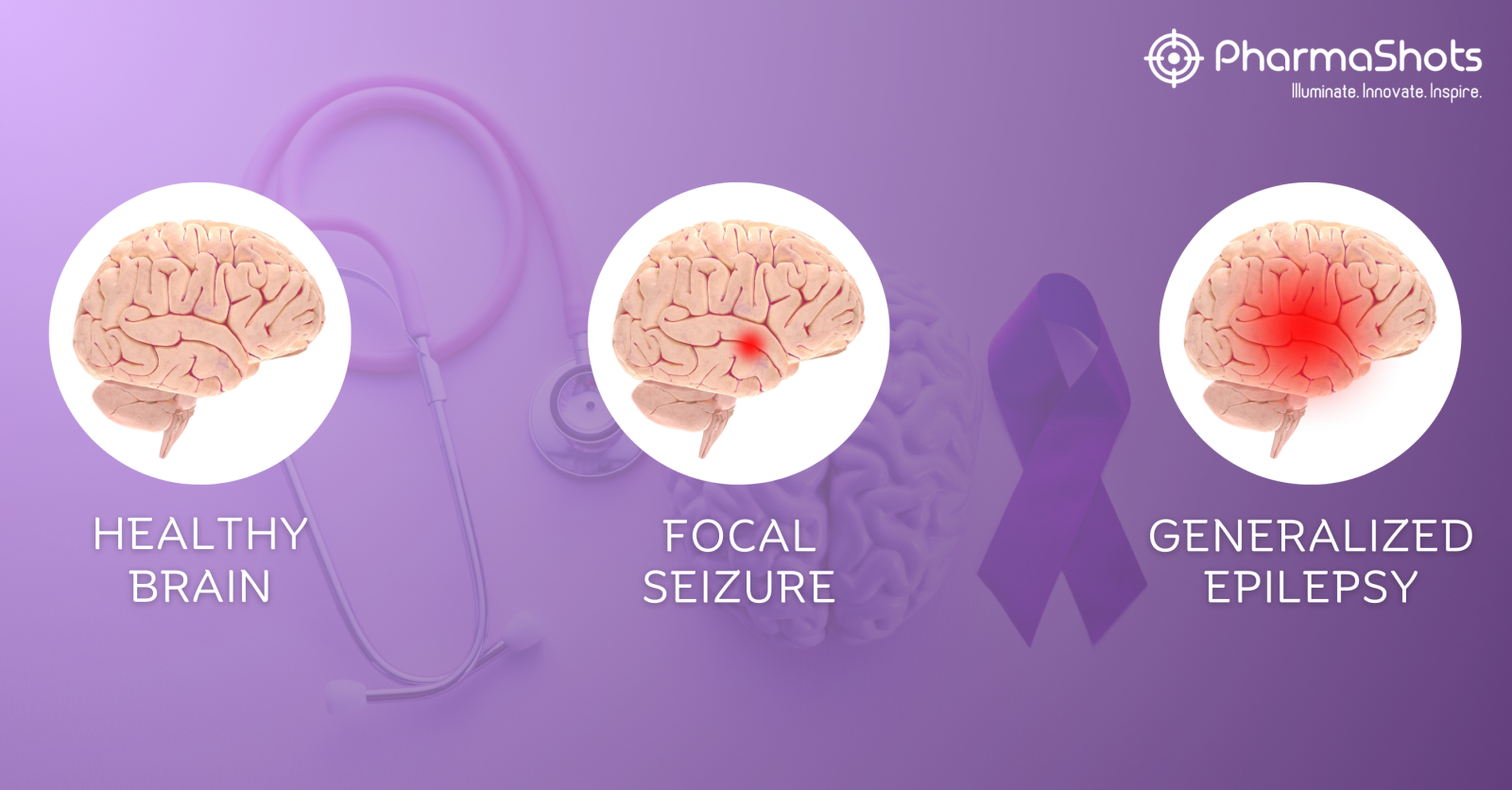

There are different kinds of epilepsy: [2]
- Absence Epilepsy: Causes brief lapses in consciousness, often starting in childhood or adolescence. It frequently runs in families, indicating a genetic component
- Frontal Lobe Epilepsy: Associated with brief focal seizures that may occur in clusters. Symptoms include muscle weakness, uncontrolled movements (e.g., twisting, arm or leg waving, grimacing), and some loss of awareness
- Temporal Lobe Epilepsy (TLE): Common in individuals with focal seizures, TLE often begins in childhood or adolescence Symptoms may include unusual feelings such as nausea, déjà vu, fear, or odd smells or tastes. Repeated seizures are linked to hippocampal shrinkage and scarring
- Neocortical Epilepsy: Originates in the cerebral cortex and may involve focal or generalized seizures. Symptoms vary but can include sensory changes, hallucinations, or unusual sensations
Types Of Childhood Epilepsy:
Some forms of epilepsy primarily affect children:
- Infantile Spasms: Seizure clusters typically begin before six months of age.
- Childhood Absence Epilepsy: Often resolves by adolescence, though some children may continue experiencing seizures or develop other types.
- Lennox-Gastaut Syndrome: A severe epilepsy starting before age four, characterized by multiple seizure types, including atonic (drop attacks).
- Rasmussen's Encephalitis: Progressive epilepsy causing chronic inflammation in one hemisphere of the brain.
- Dravet Syndrome: A severe form starting before age one, often linked to genetic conditions like Tuberous Sclerosis Complex.
- Hypothalamic Hamartoma: A rare form associated with malformations in the hypothalamus, typically beginning in childhood.
- Developmental and Epileptic Encephalopathy (DEE): Severe, often drug-resistant epilepsy with significant developmental delays or skill loss.
Epilepsy is not contagious, and its exact cause remains unknown in about 50% of cases globally. Potential causes include: [3]
- Brain damage from prenatal or perinatal events (e.g., oxygen deprivation, trauma, low birth weight)
- Brain tumors or congenital abnormalities
- Genetic syndromes or brain malformations
- Severe head injuries or strokes
- Brain infections (e.g., meningitis, encephalitis, neurocysticercosis)

Symptoms of epilepsy vary by seizure type and may include: [4]
- Temporary loss of consciousness
- Uncontrolled muscle movements (e.g., jerking, loss of tone)
- Blank stares or difficulty speaking and understanding
- Sensory changes (e.g., vision, taste)
- Psychic symptoms (e.g., fear, anxiety, déjà vu)
- Autonomic changes (e.g., increased heart rate, upset stomach)
- Repetitive behaviors (e.g., lip-smacking, hand-rubbing)

To diagnose epilepsy, neurologists may recommend: [1]
- Electroencephalogram (EEG): Measures unusual brain activity
- Imaging Tests: MRI or CT scans to detect brain tumors, stroke damage, or scarring
- Spinal Tap: Analyzes spinal fluid for abnormalities
- Blood Tests: Evaluate liver and kidney function, glucose levels, and infections

Epilepsy management includes: [1,4]
- Anti-Seizure Medications: Effective for 60–70% of patients. Treatment is tailored based on seizure type, age, and overall health
- Diet Therapy: High-fat, low-carb diets (e.g., ketogenic) are recommended for drug-resistant epilepsy in children
- Vagus Nerve Stimulation: An implanted device that stimulates the vagus nerve to prevent seizures when medications fail
- Surgery: Includes resection, disconnection, or stereotactic radiosurgery to remove or disrupt seizure-causing brain tissue

- Prevalence: ~50 million people globally live with active epilepsy, equating to 4–10 cases per 1,000 individuals. [3]
- Incidence: 5 million people are diagnosed annually, with rates differing by income level:
- High-income countries: ~49 per 100,000
- Low- and middle-income countries: ~139 per 100,000

The global epilepsy treatment market, valued at $8.35 billion in 2024, is projected to reach $15.36 billion by 2035, growing at a CAGR of 5.7% from 2025 to 2035.
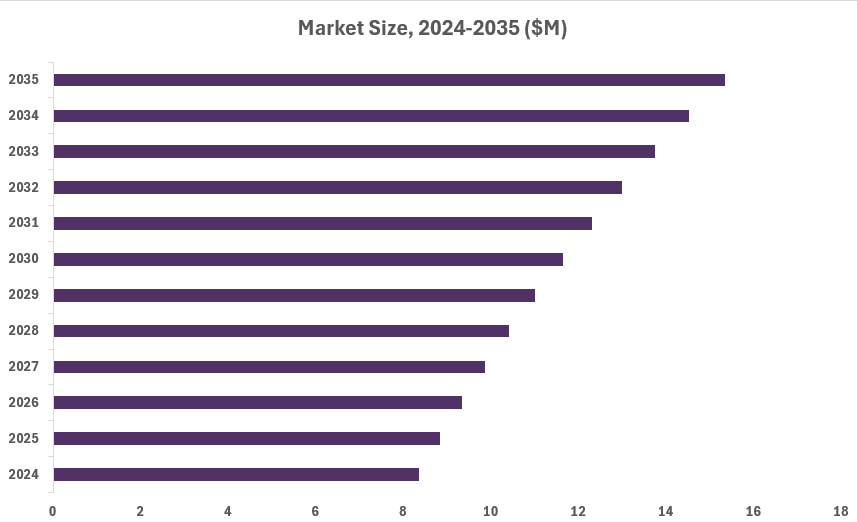

Fycompa, a non-competitive AMPA glutamate receptor antagonist, is indicated as adjunctive therapy for the treatment of partial-onset seizures with or without secondarily generalized seizures in patients with epilepsy age≥12 yrs.
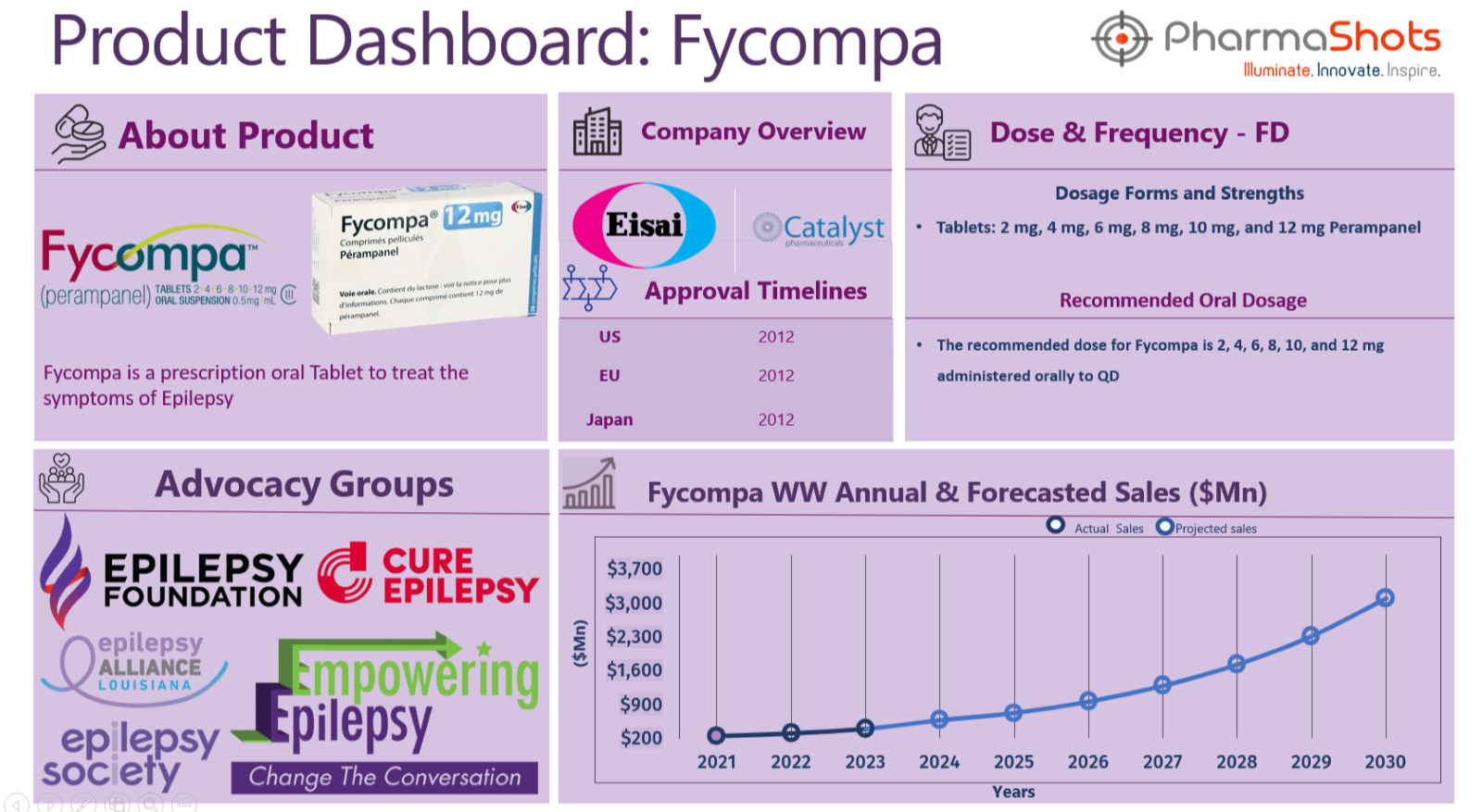

Approved therapies include Tegretol (Novartis), Lamictal (GSK), Eprontia (Azurity Pharmaceuticals), Topamax (J&J), Carbatrol (Takeda), and Fycompa (Eisai & Catalyst Pharmaceuticals).
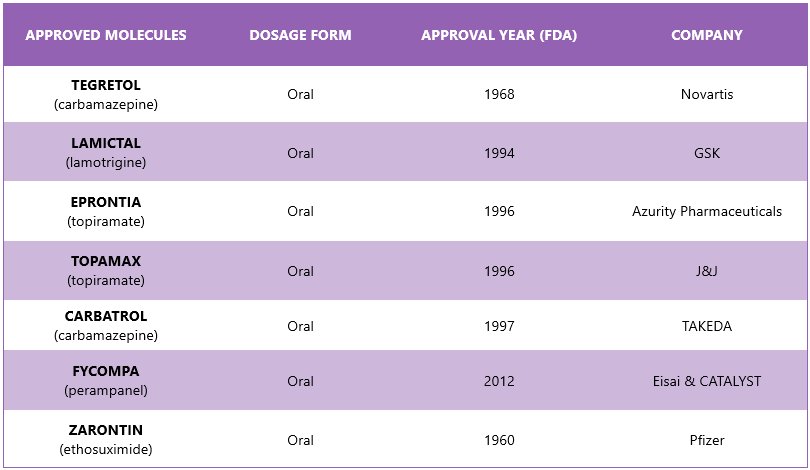
.png)
Active trials are concentrated in the US, followed by Spain, Australia, and Italy. Data were extracted on Jan 2, 2025.
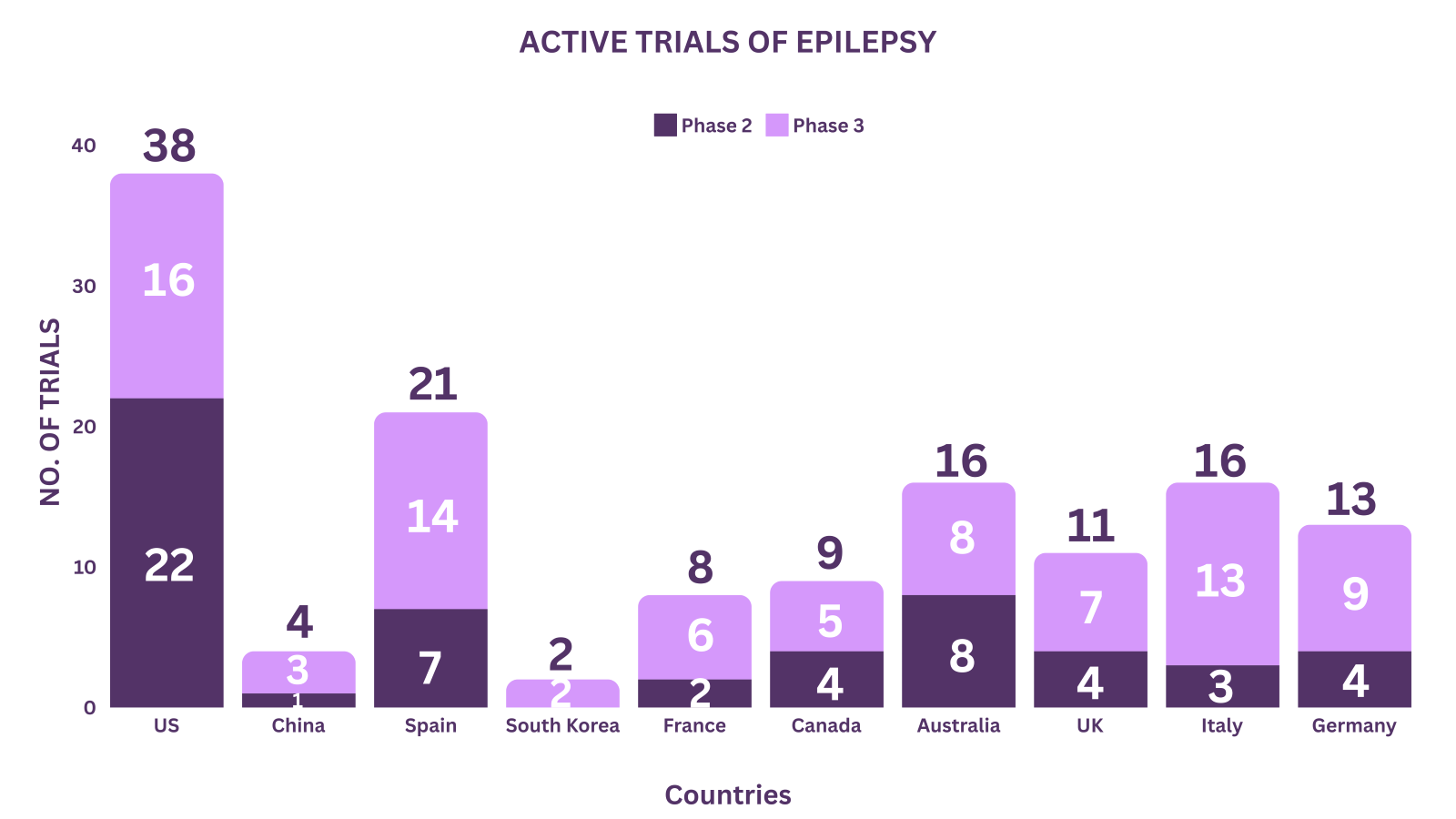
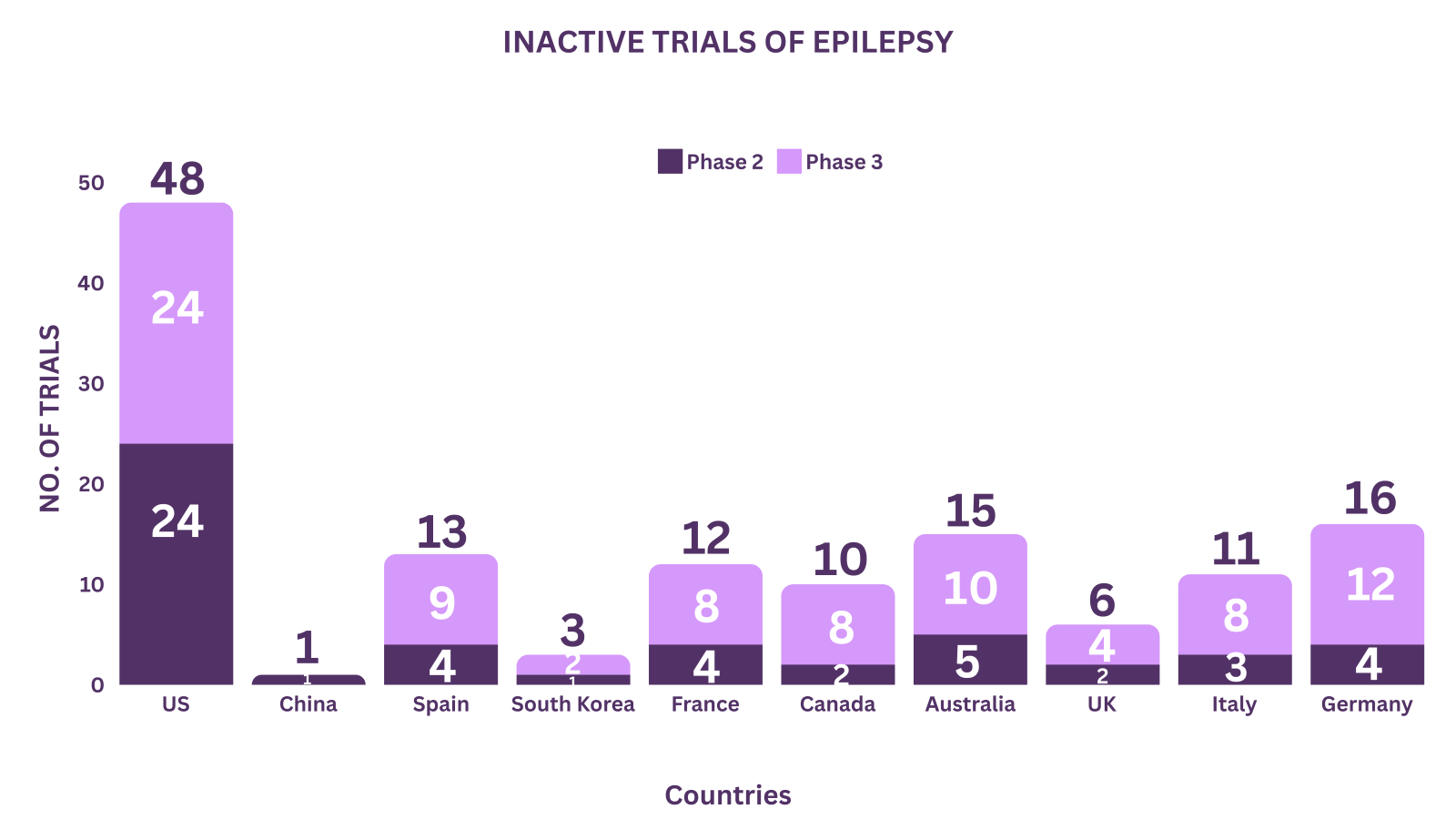
.png)
Several patient advocacy groups are dedicated to supporting individuals with Epilepsy and improving their quality of life.
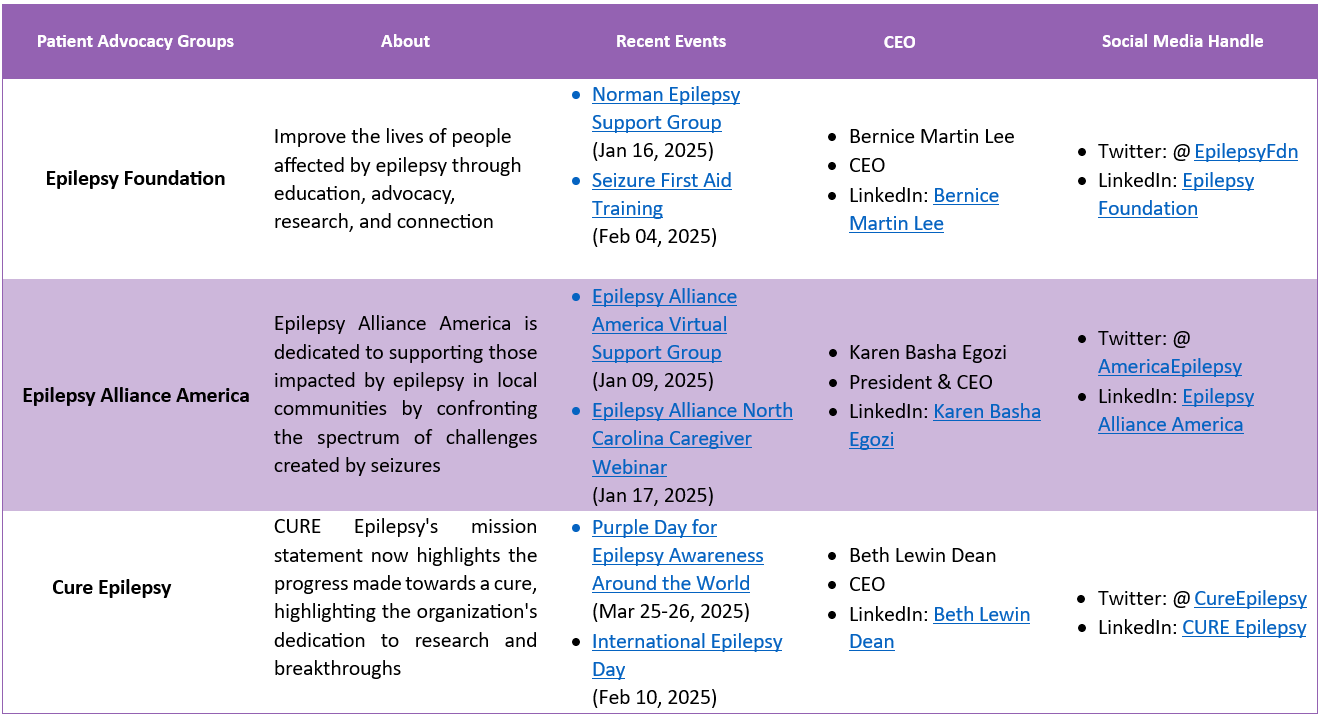
1. Linnea [8]
Hello, my name is Linnea. I was diagnosed with epilepsy in 1999, halfway through my sophomore year of college. I was studying for final exams and writing papers to wrap up the semester. During this time, I had only a few hours of sleep over a three-day period. I finally decided to lie down for a nap.
I woke up having a seizure. Upon hearing what happened, my mom and dad were on the first flight they could get from Virginia to Ohio. I don’t recall the time period between the phone call and my parents walking into my hospital room.
I tried eight to ten medications over the next six years, none of which fully controlled my seizures. I obtained partial control but that required a cocktail of two to four medications and up to 20 pills a day. As I moved several times, I consulted with several epilepsy centers.
In 2006, I was evaluated for surgery. It took one year. Up until then and through this time, I had an alphabet soup of tests, requiring two hospital stays and many hospital visits. I have had CAT scans, PET scans, MRIs, fMRIs, SPECT scan, EEGs, VEEGs, Ambulatory EEG, MEG, Neuro-psych testing, among others. It was finally determined that I was a candidate for surgery. I was relieved. There was no question in my mind that I wanted to have surgery. I had been on all of the medication options for my type of epilepsy and although I knew other medications were coming down the line, I was losing hope in the success medications would bring in ridding me of seizures and side effects.
In 2007, I scheduled a two-stage surgery. The first surgery was seven to eight hours, during which part of my skull was removed and over two hundred electrodes were implanted in my brain in the area that my tests indicated my seizures were coming from. During the week between surgeries I had a VEEG (a video EEG) and was tapered off my medications and sleep deprived to induce seizures. I had over 30 simple partial seizures to give them the information necessary for the second surgery that would also take seven to eight hours. The second surgery included waking me up to further evaluate what tissue could be safely removed, removal of the electrodes, and removal of the epileptic tissue and replacing the piece of skull.
After recovering in the hospital, I experienced 17 beautiful days of seizure freedom. On the 18th day, there was discoloration at the incision site followed by seizures, sickness, tests at my local hospital, and a phone consultation with my surgeon. It was determined that I needed to return to him immediately. My infected skull piece was removed in a four-hour surgery; the infected site was cleaned and my skin was stitched and stapled back together
2. Marissa Dubé [9]
I was first diagnosed with generalized epilepsy at 9 years old after I had three seizures. As a child, I didn’t understand what this meant aside from having to take medication every morning and night. Being in a military family, we moved to a different province in my teens. I had received a pediatric neurologist who had mentioned that I was one of the most depressed patients she had ever seen and that it was likely due to my medication that I wouldn’t need to be on because I would grow out of my epilepsy. From there, I was weaned off my medication and lived life as usual.
At 15, I was off my meds, working night shifts, and had chronic insomnia. One morning, I woke up to my pillow stained with blood and not remembering what happened at work that night. My neurologist reluctantly put me back on my medication. At 19, I was struggling with panic disorder. I had a therapist suggest that I connect with my neurologist again. When I returned to my pediatric neurologist, she told me that she did not believe I had epilepsy as I had not had a seizure in four years, but that I remained on the medication because I had a seizure in my sleep.
Reference
- Hopkins Medicine
- NIH.Gov
- WHO
- Clevelandclinic
- MetatechInsights
- Fycompa PI
- CT.GOV
- Patient Story 1
- Patient Story 2
Related Post: Disease of the Month – Dry age-related macular degeneration (dAMD)
Tags

A passionate content writer with expertise in delivering high-quality and engaging content, Dipanshu is a keen reader and a versatile writer. Dipanshu dedicatedly covers news ranging from biopharma, life sciences, biotech, and MedTech to diagnostics and animal health companies, FDA, EMA, and biosimilar approvals. He can be contacted at connect@pharmashots.com
